10 Differences Between Japanese and Western Schools

Have you ever moved to a different city, transferred to a new school, and automatically felt that this new school is entirely unalike the previous one? Imagine that same scenario, but instead of moving just a few hours away—you’re moving to the opposite side of the world.
Although the main objective of schools from both Japan and the western world is the same: to educate the next generation of learners, the academic cultures and approaches of both are unsurprisingly different.
The contrasting practices between Japan and occidental countries would typically cause quite a culture shock for students, but merely expecting these situations wouldn’t mean it would be easy to adjust. So, learning more about it will deepen your knowledge and prepare you better.
Below, we’ll discuss the 10 most notable differences between Japanese and Western schools.
Table of contents
10. Multiple Entrance Exams

Have you ever tried taking an entrance exam before? If yes, can you recall how stressful the whole process was? Most who have done this kind of exam must have done it for a college application.
In Japan, however, entrance exams are needed for all levels. Pupils also have to take these exams for junior high school, senior high school, and another one for a university.
Choosing which school to attend is also pivotal. Schools from previous scholastic levels will boost a student’s academic reputation and will help with his or her application for a good college.
9. Unusual Ceremonies
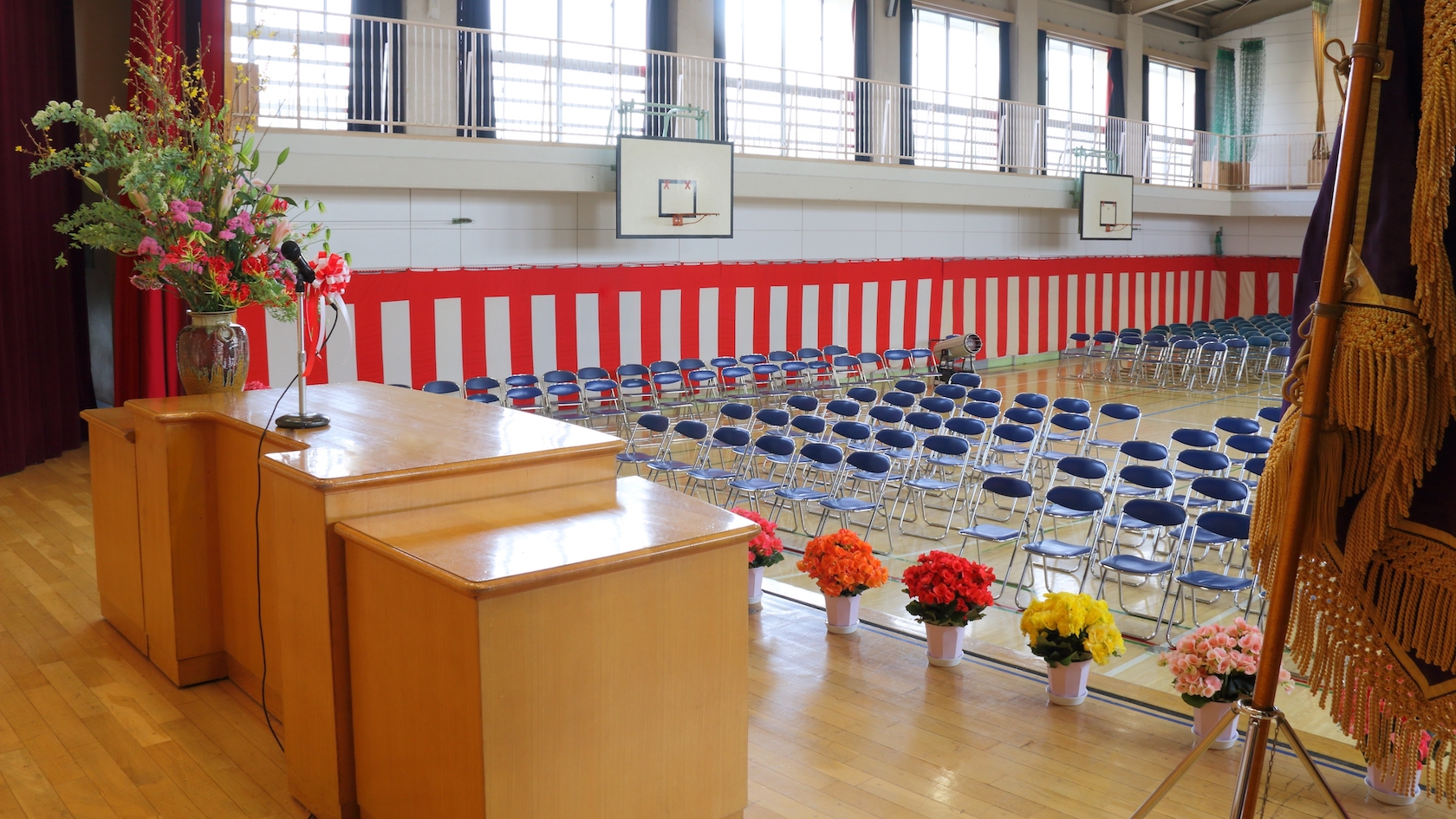
Have you attended a graduation ceremony or been a part of commencement exercises before? Nevertheless, it’s a special, inspirational, and proud moment not just for the students but also for the hardworking parents.
Japan also does graduations, of course. But did you know that they have entrance ceremonies as well? Every new school year, these events welcome the new students. While graduations are quite significant and sincere, entrance ceremonies could be unusual for western countries as it is awkward to celebrate something like this without a sense of attachment towards the school or towards the people.
8. School After School

Examinations are a major cause of headaches and sleep-deprived nights for students worldwide. Exam weeks are always pretty stressful to deal with and studying for them by yourself is quite cumbersome.
That may be the reason why the Japanese have cram schools. These are after-school programs that students can enroll in to help with problematic subjects or courses. These programs can also be an aid to deal with examinations, even entrance exams.
7. No School Buses

The majority of students in Japan usually live close to the school they are attending. So most of them typically walk or use a bike to arrive at the campus. If they live in a neighboring town, the train might be their primary mode of transportation.
Western countries, particularly the United States, are accustomed to having school buses that fetch students from their homes to school and vice versa. Although, not all students take the bus and some prefer a different way of traveling like walking or being dropped off and picked up by adults.
6. Shoes Off, Slippers On

Remember that scene from The Fast and the Furious: Tokyo Drift, where the main character (Sean Boswell) arrives at his class late, and upon entering, the teacher instructively tells him to get an “uwabaki”? Well, that scene was accurate. Uwabaki are Japanese slippers meant for homes, offices, and buildings where outside shoes aren’t allowed.
Japanese schools also don’t allow street shoes inside classrooms, so students have to use the slippers to get in. This custom is only apparent in the country and is utterly uncommon for western schools.
5. Roving Teachers

Western institutions usually have their students move from classroom to classroom, depending on their schedules. That’s why most students from these countries build a lot of friendships early on in their lives.
Meanwhile, in Japan, a particular class is designated to a homeroom, so students don’t have to transfer from one room to another. Instead, teachers from different subjects will shift to various homerooms.
4. Clean as You Go
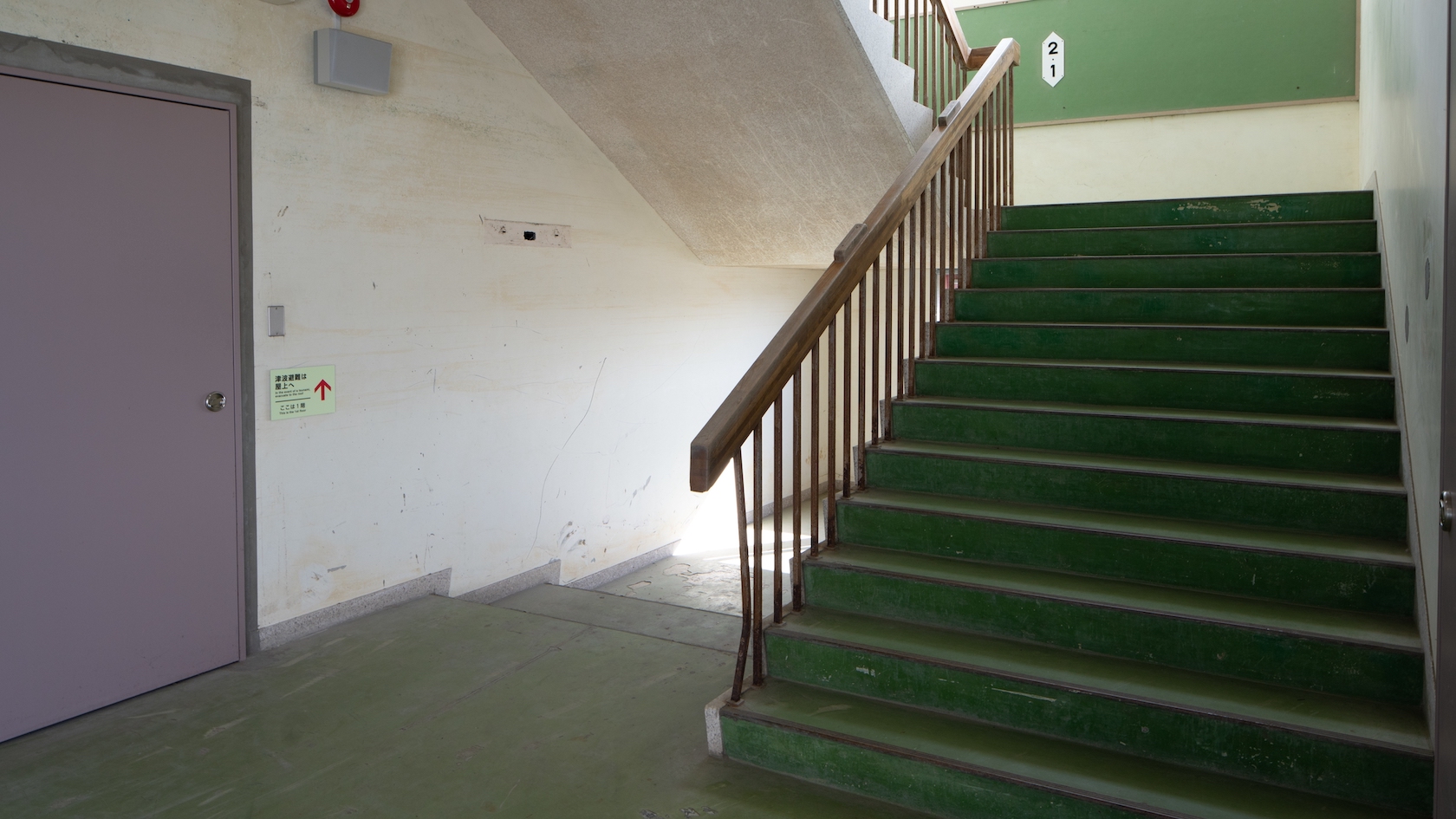
The perception of Japan is true, it is a country that values discipline and honors their sense of responsibility, so much so that schools don’t really hire janitors or cleaning services to maintain classrooms. Students have to render their respective rooms spotless.
In western countries, students aren’t required to pick up any trash and do chores but they are encouraged to keep the school unpolluted. Schools from the west typically need janitors and maintenance staff to keep the campus clean and tidy.
3. Grade Levels
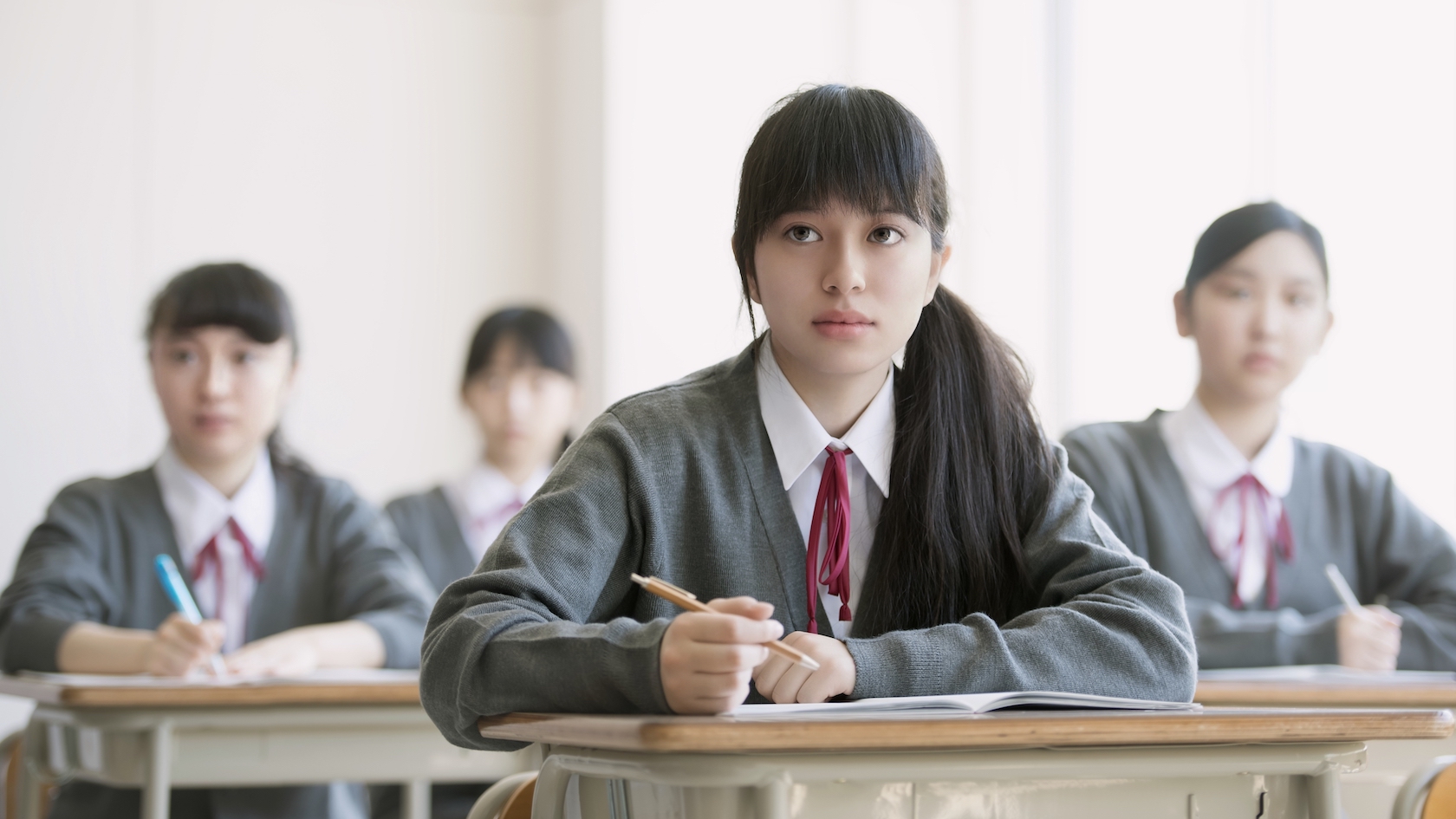
Western educational systems, such as in the US, consider 1st to 5th graders as having elementary status, 6th to 8th graders as junior high, and 9th to 12th graders as part of the high school student body.
Japanese schools follow the same system but they consider their junior high students as grades 1 to 3, and high schoolers as grades 1 to 3.
2. Uniforms
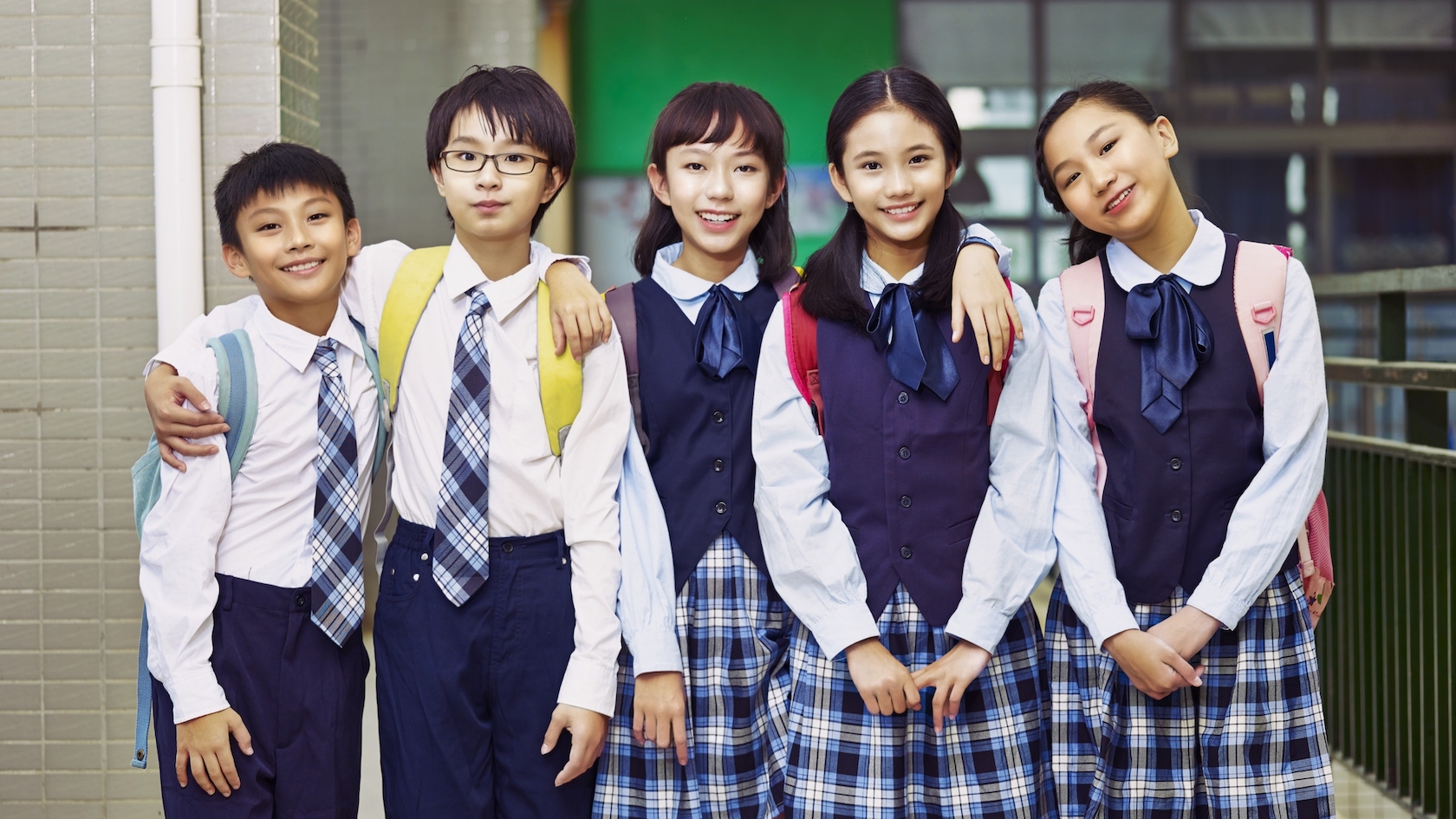
At the primary level, most Japanese schools don’t require students to follow dress codes. They can attend classes wearing street clothes. But once they proceed to junior high and high school, they will start wearing the classic Japanese uniforms with white shirts and dark second pieces that you see depicted in anime and movies.
Most western schools allow their students to display their imagination and style but some top private academies do require their students to prescribe to uniforms.
1. Zero Holdbacks

Being held back by a year could derail a student’s determination to continue down the path to academic success and could very much affect his/her self-esteem. In western nations, schools are strict when it comes to the concept of grade retention.
But in Japan, apparently, grades don’t affect your chances of proceeding to the next year level. Japanese schools tend to lean more on entrance exam results than actual grades during the school year.
Conclusion
There are surely more scholastic contrasts between the cultures of Japan and the western side of the world, but we hope this article helps you in becoming more knowledgeable in their distinctions.
Let us know what you think of this article. Until next time. Too-da-loo!
Motto Japan, the community platform to support foreigners with the foundation for life in Japan, including Japanese study, job opportunities, and housing service. Motto Japan Media will provide a wide variety of information for Japanese fans all over the world, to create a cross-cultural environment and enrich the life of foreign residents in Japan!


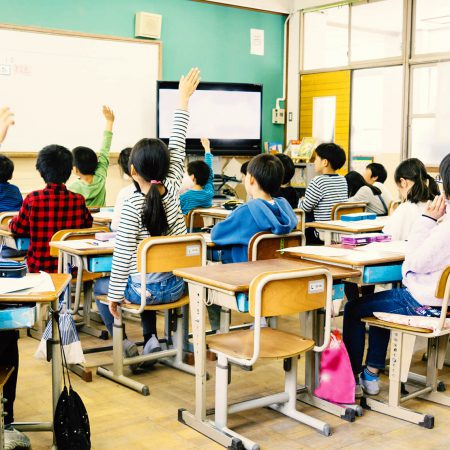


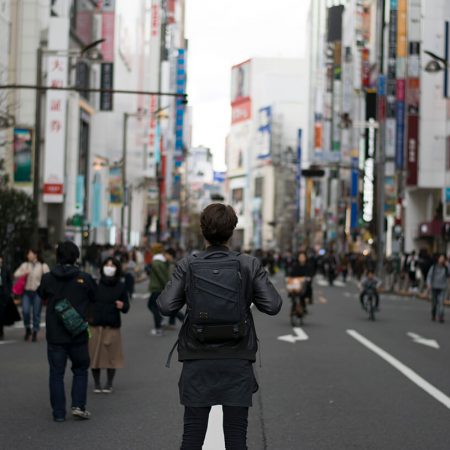

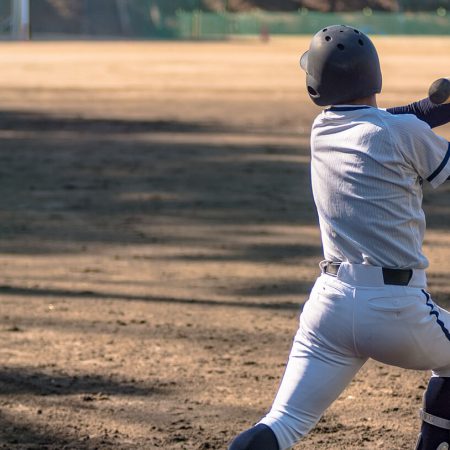





Leave a Reply